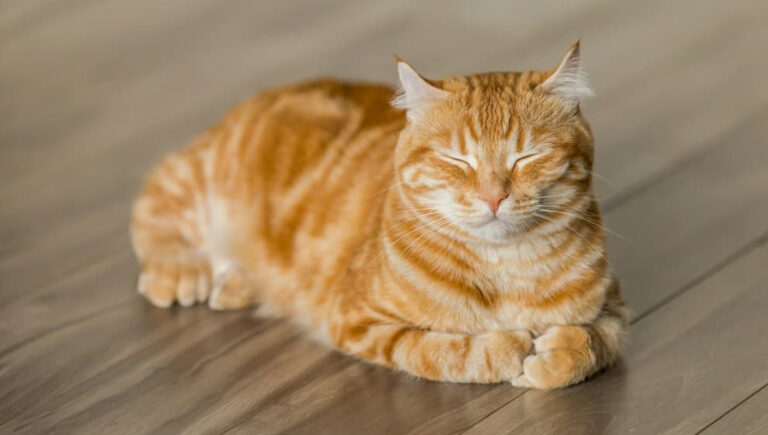When you think of a rabbit, what comes to mind? For many, it’s a fluffy pet or the adorable hero of a children’s story, like Peter Rabbit. But across different cultures and throughout history, rabbits and their close relatives, hares, have held a much more complex and mystical significance.
To celebrate International Rabbit Day, let’s look beyond their cute appearance and explore their role as clever, mythical creatures of legend.
Ancient fears and superstitions
While they may seem harmless, rabbits have long provoked a sense of unease in different cultures. In Irish folklore, hares are seen as devious, supernatural beings with a strong connection to the “other world.” Witches were believed to have the power to shapeshift into hares, allowing them to move about stealthily at night.
One famous Irish tale describes a farmer who finds a hare suckling milk from his cows. He chases the creature, injuring it before it disappears underground. Following it, he discovers a wounded woman in its place, realising the hare was a witch in disguise.
This connection to the supernatural and death isn’t unique to Ireland. In ancient Egypt, where the afterlife was a central part of their belief system, rabbits and hares were linked to the underworld. A rabbit or hare headed God, likely the Goddess Wenet, is said to be one of the guards of the Seven Halls of the Underworld.
A symbol of fertility and prosperity
In sharp contrast to these darker associations, rabbits are widely celebrated as symbols of fertility, new life, and good fortune. This is particularly true in Chinese culture, where the rabbit is one of the twelve zodiac animals. The story of the zodiac is that the Jade Emperor (an important god in traditional Chinese religion) invited animals to take part in a race. The order of the animals in the zodiac corresponds to the order they placed in the race. The rat won so was first, the rabbit came fourth. The rabbit is seen as a gentle and sensitive creature that represents abundance and prosperity.
The link between rabbits, hares and fertility is also prominent in ancient Greek mythology. They were often associated with Aphrodite and Artemis, goddesses of love and of the wild. This symbolism eventually carried over into modern traditions, giving us the familiar figure of the Easter Bunny, who delivers eggs as a symbol of rebirth and spring.
Connection to goddesses and the moon
Across many ancient traditions, rabbits and hares belong to powerful female deities. They were seen as messengers moving between the human world and the spirit realm, often by the light of the moon. In Chinese mythology, the “Jade Rabbit” is said to live on the moon with the goddess Chang’e, where it mixes the elixir of immortality.
In Japanese folklore, an old man was starving so different animals tried to provide him food, but he wouldn’t take anything. The rabbit remembered that men eat meat and threw himself on an open fire in a selfless act, the rabbit did not burn as the old man was a God in disguise. Touched by the rabbit’s selflessness the God drew the likeness of the rabbit of the moon for everyone to remember the rabbit’s kindness.
“Rabbit, Rabbit, Rabbit”
Have you ever heard someone say “rabbit, rabbit, rabbit” or “white rabbits” on the first day of the month? This popular superstition is believed to bring good luck for the rest of the month. While its exact origins are unknown, it was first recorded in England in 1909 as something said by children. The simple act of saying the word “rabbit” upon waking is thought to set a positive tone for the weeks ahead. It’s a light-hearted, modern tribute to the rabbit’s long-standing reputation as a bringer of good fortune.
A Creature of Legend
From a feared shapeshifter in Celtic lore to a cherished symbol of prosperity in Chinese culture, the rabbit occupies a unique and often curious place in our imagination. Symbolising both fear and fortune, life and death, light and shadow, they bridge the gap between our world and the mystical.
This International Rabbit Day, as you celebrate these enchanting creatures, take a moment to reflect on the rich myths and legends they have inspired for centuries.





